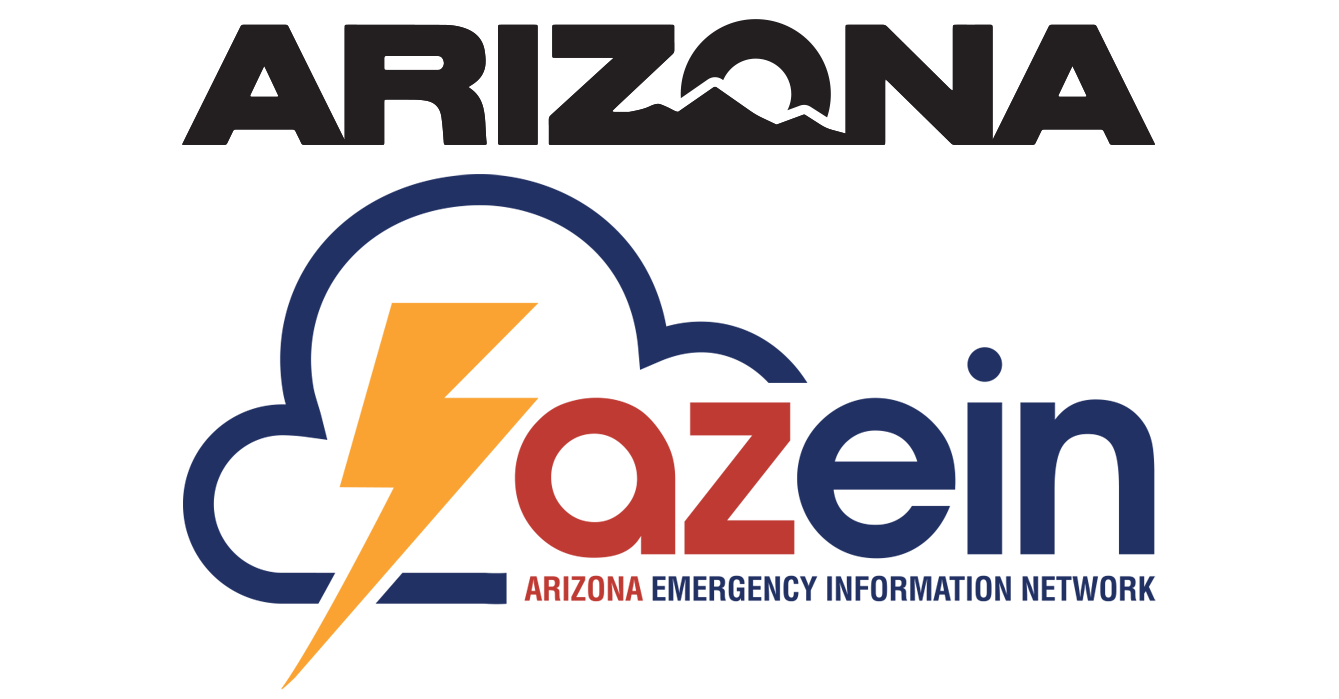Space Weather and Electromagnetic Disruptions
The term “space weather” refers to the variety of conditions on the sun and in space that can influence the performance of technology we use on Earth. It could cause damage to critical infrastructure—especially the electric grid—highlighting the importance of being prepared.
The sun is the primary source of space weather, but it's important to acknowledge that events caused by human activities, such as the detonation of a nuclear bomb high in Earth's upper atmosphere or a man-made electromechanical device, can create similar cascading effects.
Sudden bursts of plasma and magnetic field structures from the sun's atmosphere called coronal mass ejections (CME) together with sudden bursts of radiation, or solar flares, all cause space weather effects here on Earth.
Space weather can produce electromagnetic fields that induce extreme currents in wires, disrupting power lines, and even causing wide-spread blackouts. Severe space weather also produces solar energetic particles, which can damage satellites used for commercial communications, global positioning, intelligence gathering, and weather forecasting.
Generally, power outages due to space weather have occurred, but are very rare events. These power outages may have cascading effects, causing:
- Loss of water and wastewater distribution systems
- Loss of perishable foods and medications
- Loss of heating/air conditioning and electrical lighting systems
- Loss of computer systems, telephone systems, and communications systems (including disruptions in airline flights, satellite networks and GPS services)
- Loss of public transportation systems
- Loss of fuel distribution systems and fuel pipelines
- Loss of all electrical systems that do not have back-up power
Space weather prediction services in the United States are provided primarily by NOAA's Space Weather Prediction Center and the U.S. Air Force's Weather Agency, which work closely together to address the needs of their civilian and military user communities. The Space Weather Prediction Center draws on a variety of data sources, both space and ground-based, to provide forecasts, watches, warnings, alerts, and summaries as well as operational space weather products to civilian and commercial users.
BEFORE
- Build an emergency go kit and make a family communication plan.
- Look for alerts about space weather at the NOAA's Space Weather Prediction Center or register to receive alerts, warnings, watches, forecasts, and summaries via email within moments of issue.
- Keep your car tank at least half full because gas stations rely on electricity to power their pumps.
- Know where the manual release lever of your electric garage door opener is located and how to operate it. Garage doors can be heavy, so know that you may need help to lift it.
- Keep a key to your house with you if you regularly use the garage as the primary means of entering your home, in case the garage door will not open.
- Keep extra batteries for your phone in a safe place or purchase a solar-powered or hand crank charger. These chargers are good emergency tools to keep your laptop and other small electronics working in the event of a power outage. If you own a car, purchase a car phone charger because you can charge your phone if you lose power at your home.
- If you have a traditional landline (non-broadband or VOIP) phone, keep at least one non-cordless receiver in your home because it will work even if you lose power.
- Make back-up copies of important digital data and information, automatically if possible, or at least weekly.
- For more information visit NOAA's Space Weather Scales.
Read More
DURING
- Follow energy conservation measures to keep the use of electricity as low as possible, which can help power companies avoid imposing rolling blackouts during periods when the power grid is compromised.
- Follow the Emergency Alert System (EAS) instructions carefully.
- Disconnect electrical appliances if instructed to do so by local officials.
- Do not use the telephone unless absolutely necessary, during emergency situations keeping lines open for emergency personnel can improve response times.
Read More
AFTER
- Throw out unsafe food:
- Throw away any food that has been exposed to a temperature of 40° F (4° C) or higher for 2 hours or more or that has an unusual odor, color, or texture. When in doubt, throw it out!
- Never taste food or rely on appearance or odor to determine its safety. Some foods may look and smell fine, but if they have been at room temperature too long, bacteria causing food-borne illnesses can start growing quickly. Some types of bacteria produce toxins that cannot be destroyed by cooking.
- If food in the freezer is colder than 40° F and has ice crystals on it, you can refreeze it.
- If you are not sure food is cold enough, take its temperature with a food thermometer.
Read More
RESOURCES
Read More
(source: Ready.gov)

